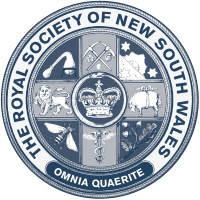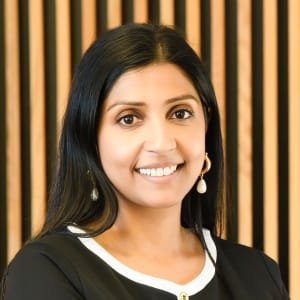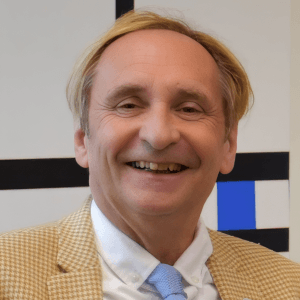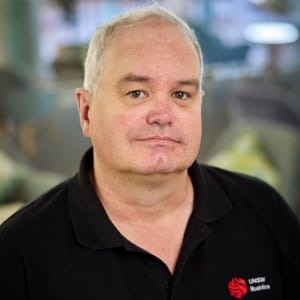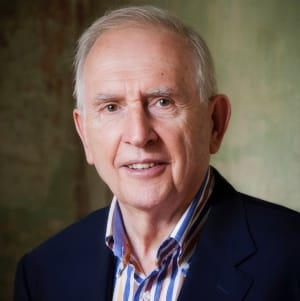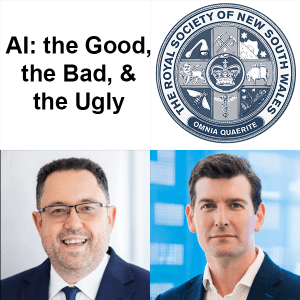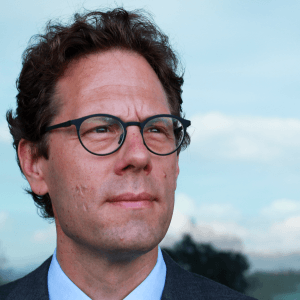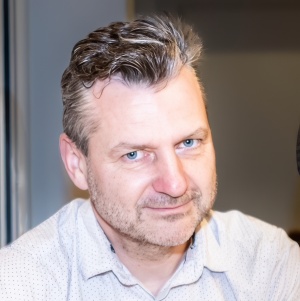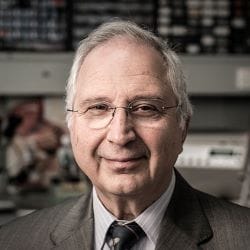
 “Particle radiation therapy and human space exploration: commonality in challenges and solutions”
“Particle radiation therapy and human space exploration: commonality in challenges and solutions”
Professor Anatoly Rosenfeld
University of Wollongong
Date: Thursday, 15 April, 6.30pm AEST
Venue: RSL Mittagong, Nattai/Joadja Rooms (face-to-face)
Entry: No charge
All are welcome.
Summary: Particle therapy is advantageous for the treatment of solid tumours when compared with conventional therapy with electron and X-ray beams. This is due to highly localised energy deposition at the end of the ion range, known as the Bragg peak (BP), and the sharp dose fall-off at large penetration depth. Heavy ions have further advantages over protons and lighter ions in treating deep-seated, radio-resistant tumours by producing an increased radiobiological efficiency (RBE) in the stopping region at the BP while preserving the normal tissue surrounding the tumour. Our better understanding of radiobiology of heavy ions led recently to multi-ion therapy opening new horizons in better cancer treatment.
While heavy ion radiation is efficiently killing cancer, it is a major obstacle for human space exploration. This is due to the increased risk of cancer in astronauts through space radiation in comparison to the terrestrial radiation environment. Risk prediction in space radiation environments is challenging due to the mixed particle radiation field, especially of charged particles of high energy and charge (HZE) in galactic cosmic rays (GCR) and protons from solar particle events (SPE). It can be quantified in terms of probability for radiation exposure induced death (REID) from cancer.
Australia is on the way to taking a world-leading role in cancer treatment with radiation therapy including particle therapy. The same applies to space exploration. This is reflected in the building of the Australian Bragg Centre for Proton Therapy and Research in Adelaide and the planned National Particle Therapy and Research Center (NPTRC) with heavy ion and proton therapy facilities at Westmead Hospital in Sydney. The Australian Space Agency recently announced the Moon to Mars initiative which is a $150 million investment to grow the space industry and enhance international collaboration with ESA and NASA. It will partner with NASA in the Artemis human exploration program to the Moon and later to Mars.
This lecture will address innovations in cancer treatment with heavy ions, as well as challenges in space explorations for future Moon and Mars human missions. These human activities, cancer treatment and space exploration, while appearing completely unrelated, have a strong commonality in that they both rely on their ability to accurately monitor ion radiation fields. The Centre for Medical Radiation Physics at UOW is a world leader in the development of radiation sensors.
Professor Anatoly Rosenfeld was is a Founder and Director of Centre for Medical Radiation Physics (CMRP) at University of Wollongong which is a largest education and research multidisciplinary medical radiation physics centre in Asia-Pacific with 18 academics and postdocs, 20 adjunct fellows from hospitals and industry and more than 65 postgraduate students.
His scientific interest and expertise is in a field of radiation semiconductor sensors development and their applications for advanced medical radiation dosimetry and space radiation. Many radiation sensors developed at CMRP under his leadership were successfully implemented in practice of radiation oncology in Australia and overseas to improve confidence in cancer treatment with radiation.
Professor Rosenfeld served as Chair of International Solid State Dosimetry Organization (ISSDO) and Member of IEEE Radiation Instrumentation Steering Committee. He was elected General Chair of the IEEE Nuclear Science Symposium (NSS) and Medical Imaging Conference (MIC) 2018, which was held in Australia for the first time in that year and attracted nearly 2000 delegates and 70 industrial companies. Professor Rosenfeld has initiated particle therapy research in Australia and is a Member of National Particle Therapy Treatment and Research Centre Steering Committee. He is a member of the International Committee on Radiation Units and Measurements (ICRU) Committee on a new microdosimetry report and a member of Space Medicine Committee of Australian Space Agency. He has published more than 400 peer review papers and hold 18 patents in a field of radiation detectors for medical and space applications with two his inventions have been commercialised.
